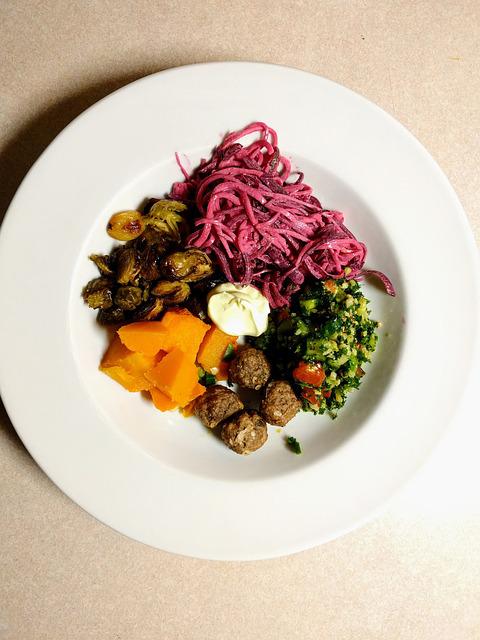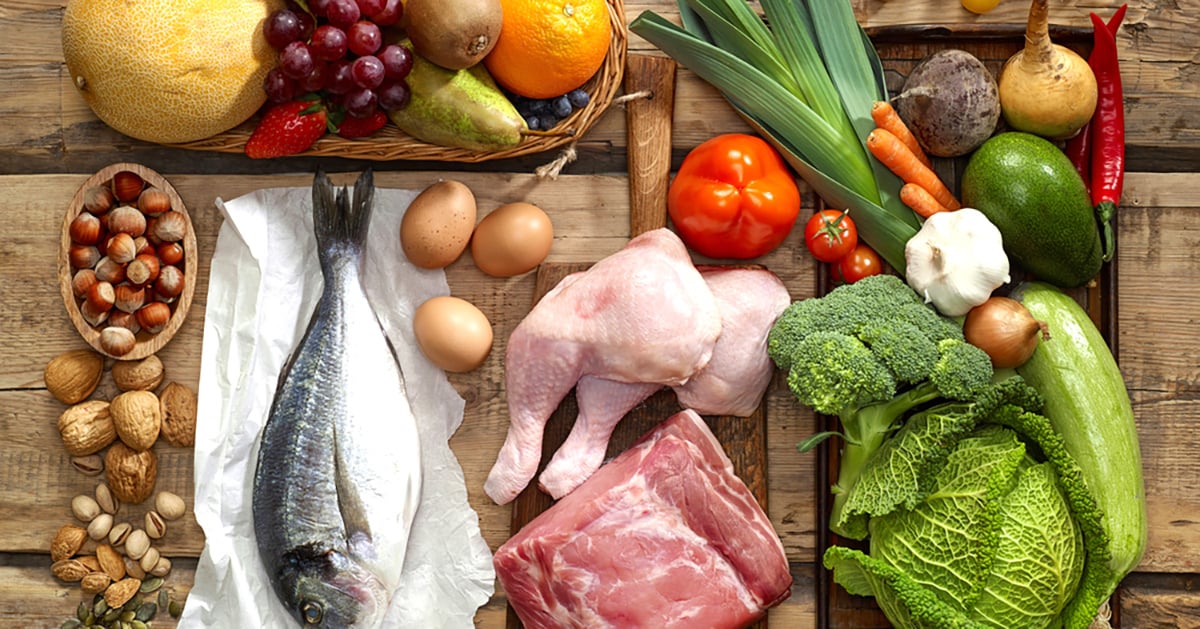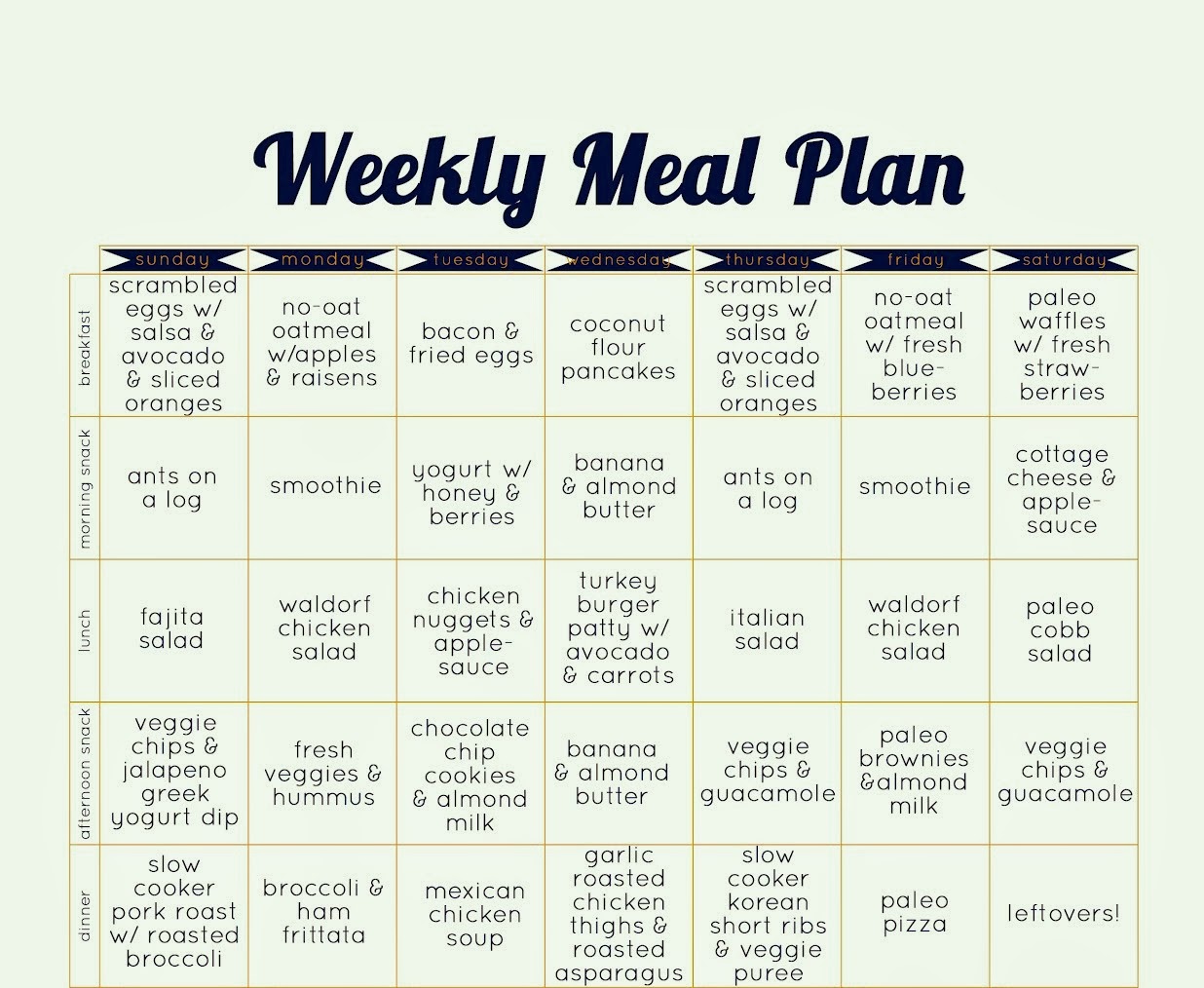
Paleo might appeal to you. Here are some things that you should avoid in order to live healthier lives. Common additives include aspartame, calcium sorbate, monosodium glutamate (MSG), nitrates, potassium bromate, saccharin, artificial sweeteners, and GMOs.
Processed foods
Processed foods are not found in nature. They are often manufactured in a lab and loaded with artificial ingredients or preservatives. They are also deficient in nutrients, fiber, protein, and other essential nutrients. Those who follow a paleo diet will avoid processed foods. What are some foods you should avoid? You can read on to learn more about some foods you should not eat when following a paleo lifestyle.
Refined Sugars
Paleo means that refined sugars are not allowed to be consumed. These products contain a lot of additives, which are not good for your health. Refined sugars can be eaten in moderation and in very small quantities. You can also try Ezekiel bread, which is made of grains, legumes, and goat milk.
Phytic acid is found in grains

Phytic acid is a compound found in grains and other plants that interferes with our bodies' ability to absorb minerals. It is particularly problematic in countries with low levels vitamin A and iron. Paleo doesn't ban phytic, however. There are a few ways to minimize its impact. Pre-soaking grains can help, as can cooking legumes for longer times. It is difficult to say whether there is a right or wrong answer.
Vegetable oils
Vegetable oils can be a useful addition to modern cooking. However, is it healthy? They are high in omega-3 and polyunsaturated oils, which is not good for the Paleo diet. Even though vegetable oils are organically sourced and cold-pressed they still contain unhealthy polyunsaturated fatty acids that can be harmful to your health. There are alternatives to these oils that you can use in your cooking.
Fruits
Apples are one of the most common foods on the paleo diet, and are considered a true staple. Apples are high in calories but very nutritious. An average-sized apple is about 10 grams in sugar and has more than 2 grams fiber. Bananas and melons, while not being considered paleo foods, are much more nutritious than apples. You might want to add one of these fruits to the menu if you're serious about following a healthy diet.
Organic fruits
Paleo means that you must only buy organic, non-GMO vegetables and fruits. Organic produce will be free from pesticides and trace chemicals. You can also select items with lower pesticide residue like those on the Environmental Working Group's Clean 15 List. The Environmental Working Group publishes lists of the "dirtiest" and "cleanest" foods each year.
Meat

A grocery list is the first step in Paleo eating. You will be more likely to follow your plan than get lost in the grocery aisles. A grocery list will help you keep track of your shopping and also make it easier to find paleo-friendly food. Here are some Paleo-friendly foods.
FAQ
How do you become a chef?
There are many routes to becoming a chef. A course at a local community college or vocational school is a good place to start. You can then look into going to culinary school. Finally, you can take a paid internship.
How Much Does it Cost to Learn Culinary Arts Skills?
You will find that the price to study culinary arts is variable. A four year degree is typically around $40,000. A two year associate's degree might cost less than $5,000. Tuition rates vary depending on what program you choose. The tuition rates for private institutions are usually higher than those of public universities.
What should a beginning cook learn first?
A beginner should start cooking something easy, like pasta, rice, or soup. A recipe book or a YouTube video can help you learn how to cook. It's much more fun to cook with someone you know. You can cook together as a family or with friends.
Is there any difference between a chef or a cook.
A chef prepares meals for others. A cook cooks for others. While both jobs involve the preparation of food, a chef interacts directly with his customers. This may mean that they might have to choose what to cook for guests depending on their preferences. The cook doesn't have to interact with customers. Instead, they ensure that the food tastes delicious before they serve it to others.
How do I become a chef?
You must complete a degree in culinary arts to be able to apply for a job at the table as a professional chef. The next step is to join a professional association like the American Culinary Federation. This organization offers certification exams and networking opportunities.
Are you able to cook by yourself?
Self-taught cooking is possible! No matter how much you know, cooking is something that everyone enjoys. Learn how to cook at home. Start small with things like making pancakes or spaghetti sauce for your dinner. It is important to experiment with new recipes to learn how to cook. You might even make some mistakes.
Learning to cook takes anywhere from a couple of hours to several weeks, depending on what type of skill level you are looking for. It is important to remember that cooking doesn't have to be about following recipes. There are many ways to cook food. If you have an idea, follow it.
Statistics
- The median pay for a chef or head cook is $53,380 per year or $25.66/hour, according to the U.S. Bureau of Labor Statistics (BLS). (learnhowtobecome.org)
- You'll be amazed that over 90% of CIA students receive scholarships and grants to finish their culinary studies. (ischoolconnect.com)
- under 10 Kids have been taught that there is special food just for them, and Fiese says that 10 percent of kids will throw a tantrum if they don't get the food they want. (washingtonpost.com)
External Links
How To
How to make an omelet that is perfect
Omelets are a favorite breakfast food of mine. But how do you create them perfectly? I have tried many different recipes and methods, but none of them work. Today, I'd like to share some tips with you in order to make delicious and fluffy omelets every day.
When making omelets, it is important to be aware that eggs can be temperamental. The eggs must be fresh from an organic source and kept at room temperature until they are ready to be cooked. They must be kept cool, otherwise the whites will not form properly and the yolks may become runny. Your omelets will look strangely colored if this happens. If you plan to cook the eggs right away, it is best to use room temperature eggs.
Another tip is to separate each egg before adding them to the saucepan. You don't want the white to get mixed with the yolk, as this could cause the egg to curdle.
You could end up burning the bottom half of the egg if the egg is added directly to the heat source. Instead, heat the egg in a microwave for 10 seconds and then place it in a pan. The microwave heat cooks your egg just right, without it becoming too soft.
Next, let us talk about how to mix the eggs. You want to mix the eggs thoroughly before you add them. To do this, grab the bowl of the mixer and turn it upside down. Now shake the bowl vigorously. The egg will be thoroughly mixed in the bowl as the air is whipped.
The fun part is now - adding the milk to the mixture. The first step is to pour half of the milk in the beaten eggs. Next, fold the eggs into the remaining milk. Don't worry if there are still streaks of egg visible; these streaks will disappear once you flip the omelet.
After you have folded the eggs, heat the oil in a pan over medium heat. Once the oil has started to sizzle, turn the heat down to low. Once the oil has gotten hot, add 1/4 cup of butter and swirl it around so that the entire pan is coated. Open the lid and sprinkle salt on the pan. An additional pinch of salt will prevent the omelet form sticking to your pan.
Once the omelet has formed, cover the pan again and wait for the top side to set completely. Flip the omelet over using a spatula or flip the pan upside down. Cook the opposite side for another minute. Remove the omelet from the pan and serve immediately.
This recipe is best when used with whole milk. But, you can use skimmed milk as well.